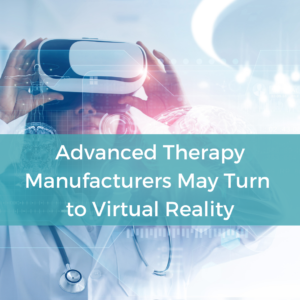Augmented Reality: 2020’s Star on the Rise

The following aspects of work are improved via AR:
- Collaboration
- Engagement
- Communication (with both consumers and employees)
- E-commerce
- Field service
- Workplace strategies
The overlay of images, objects, and spaces on the physical world transforms the customer experience into an immersive and interactive journey. AR forms a connection between our three-dimensional world and two-dimensional technology, creating a range of possibilities for enterprises of any industry.
An example of how AR can be used in businesses mentioned in the article is customers’ ability to search for information by visualising an object instead of clicking through pages online. Additionally, customers can present a malfunctioning object to a technician unable to see the issue on their end, and can also access the complete history of the relationship between the customer and communications service provider.
According to the article, marketing, e-commerce, and service will achieve the greatest advantages from AR. The following industries are listed as have existing AR use cases, such as remote training:
- Retail
- Healthcare
- Travel
- Public safety
- Banking
- Manufacturing
Specific use cases addressed in the article are:
- “Ask Mercedes”: Mercedes’ AR app virtually assists customers by answering questions about vehicles.
- Warby Parker: This prescription glasses company uses a combination of Augmented Reality, Virtual Reality, and Artificial Intelligence to give glasses recommendations via an infrared camera that captures facial images.
- Westpac Bank: This New Zealand bank has developed an interactive AR mobile app for bank management; customers can scan their bank cards using their phone camera to see and manage their accounts.
Despite these use cases being customer-centric, they bring attention to how enterprises can also implement AR. In the ‘ICT Enterprise Insights Global Survey’ of over 4800 IT professionals, 61% said they have AR investments (minor or significant) planned for 2020, 24% said they have strategic AR investments planned, and 37% said they have minor AR investments.
The article concludes by acknowledging that better understanding of AR technologies will accelerate AR adoption. As AR becomes increasingly more vital for businesses, companies in all sectors must devise long-term strategies.
Read the full report, ‘Market Landscape: The Augmented Reality(AR)-Enabled Customer Experience’ here, and the full article here.









